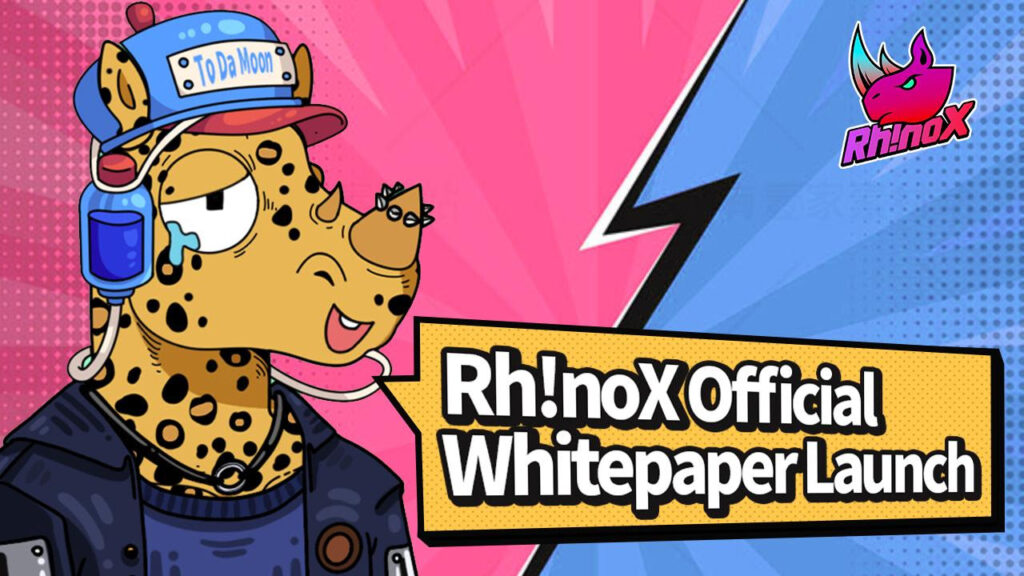BinaryX, a leading P2E game development company, is excited to announce the release of the official whitepaper for Rh!noX, a collection of 10,000 NFTs.
The released whitepaper will allow readers to explore the underlying mechanisms, features, and possibilities of Rh!noX while also exploring the full functionalities of Web3.0. Rh!noX is a collection of 10,000 NFTs created to allow holders to use their assets as avatars on various DeFi and GameFi applications on the Binance Smart Chain.
The Rh!noX NFT series gets its inspiration from Soulbound items in the World of Warcraft game. The series aims to be the first-ever Soulbound Token on the BNB chain. The Rh!noX NFT also provides holders numerous other benefits, including access to beta tests for games, new tokens, projects, and NFT whitelists.
Among the features outlined in the whitepaper is the Rh!noX Soulbound token analytic system that calculated the credit score of a wallet. The score is determined by the owner’s amount and trading history. Note, Rh!noX Soulbound token analytic system works similarly to traditional credit card companies’ standard credit calculator system.
This system seeks to categorize Rh!noX owners into different tiers offering different benefits for each group. Owners with a good credit score have access to many benefits, including exclusive airdrops, VIP treatment, discounts on processing fees, airdrops from different projects, and unsecured loans ($RUSD). Note that trading Rh!noX NFTs will not impact the credit rating of owners. However, the accumulated credit score is connected to a Rh!noX NFT and can be transferred to another user.
 
 
A user can only borrow for the uncollateralized loan depending on their credit rating. Notably, the initial fund for the unsecured loan will come from the Rh!noX Treasury. The loan amount will affect the interest rate and will be collected in $RUSD.
The whitepaper also provides details of Rh!noX ’s in-built cohesive analysis model, the Multidimensional Behavior Analysis Model. This model is designed to analyze the distinct personality and reliability of the NFT owner. The analysis model considers the wallet’s address and interaction such as trading history, project preferences, asset portfolio, and liability status, among others, to reach its conclusion.
This model has many use cases within the Rh!noX ecosystem, particularly the Rh!Drop that allows developers to target on-chain users. Rh!Drop works as an on-chin airdrop targeting service that delivers airdrops to target receivers matching specific criteria.
Lastly, the whitepaper outlines the social aspect of the Rh!noX NFT ecosystem, which entails a social identity feature and Rh!neT. Through the social identity feature, Rh!noX will verify an individual’s background. This data will help other users identify the trustworthiness of others within the ecosystem. The tools seek to eliminate fake IDs, false claims, and other illegal activities.
Rh!neT, on the other hand, operated like a web3,0 networking platform that enables users to check other people’s profiles and social networks, social status and send instant messages. The platform’s primary goal is to help users connect and build a community.


